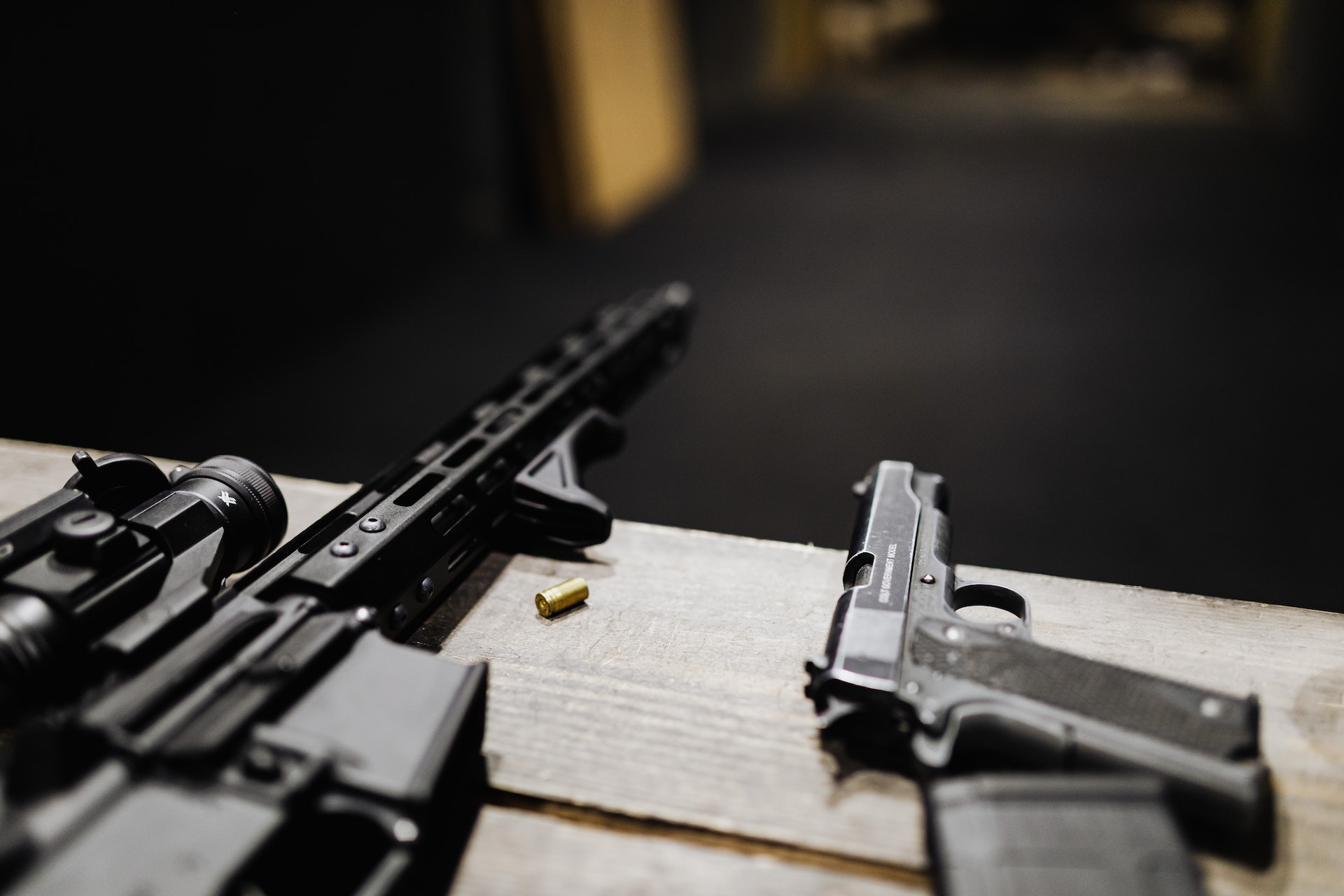Firearms
Firearms have been an integral part of human history for centuries, playing a significant role in warfare, hunting, and self-defense. This article explores the various aspects of firearms, including their types, functionality, and impact on society. Whether you’re a firearm enthusiast or simply curious about the subject, this comprehensive guide will provide you with valuable insights into the world of firearms.
Table of Contents
- Introduction to Firearms
- Types of Firearms
- 2.1 Handguns
- 2.2 Rifles
- 2.3 Shotguns
- 2.4 Submachine Guns
- Firearm Mechanisms
- 3.1 Single-Action
- 3.2 Double-Action
- 3.3 Semi-Automatic
- 3.4 Bolt Action
- 3.5 Pump Action
- Firearms and Safety
- 4.1 Firearm Safety Rules
- 4.2 Storage and Maintenance
- 4.3 Safe Handling Practices
- The Evolution of Firearms
- 5.1 Early Development
- 5.2 Technological Advances
- 5.3 Modern Firearms
- Firearms and Legislation
- 6.1 Gun Control
- 6.2 Second Amendment Rights
- 6.3 International Regulations
1. Introduction to Firearms
Firearms are portable weapons designed to discharge projectiles with high velocity using the force generated by rapidly burning propellants. They have had a profound impact on human civilization, shaping warfare strategies, providing a means of self-defense, and contributing to recreational activities such as hunting and sports shooting.
2. Types of Firearms
2.1 Handguns
Handguns are firearms designed to be operated with one hand. They include pistols and revolvers. Pistols have a single chamber that is integral to the barrel, while revolvers have a rotating cylinder with multiple chambers.
2.2 Rifles
Rifles are long-barreled firearms that are held against the shoulder when fired. They are known for their accuracy and are commonly used in hunting, target shooting, and military applications.
2.3 Shotguns
Shotguns are firearms that fire a cluster of small projectiles, known as shot, or a single large projectile, called a slug. They are commonly used in hunting birds, skeet shooting, and home defense.
2.4 Submachine Guns
Submachine guns are compact firearms that fire pistol cartridges. They are primarily used in military and law enforcement operations, providing a high rate of fire in close-quarter combat situations.
3. Firearm Mechanisms
Firearms operate using various mechanisms that determine how they load, fire, and eject cartridges. Some common mechanisms include:
3.1 Single-Action
In single-action firearms, the trigger performs a single action: releasing the hammer or striker. The shooter manually cocks the hammer before each shot.
3.2 Double-Action
Double-action firearms can perform two actions with a single trigger pull: cocking the hammer and releasing it. They offer the advantage of being able to fire the first shot without manually cocking the firearm.
3.3 Semi-Automatic
Semi-automatic firearms use the energy from firing a round to automatically cycle the action, eject the spent casing, and load a new round from the magazine. Each trigger pull fires a single shot.
3.4 Bolt Action
Bolt action firearms require manual operation of a bolt to load and unload cartridges. They are known for their accuracy and are commonly used in precision shooting and hunting.
3.5 Pump Action
Pump action firearms use a sliding forearm to manually cycle the action, ejecting the spent casing and loading a new round. They are commonly found in shotguns and some rifles.
4. Firearms and Safety
Firearm safety is of utmost importance to prevent accidents and promote responsible gun ownership. Some essential aspects of firearm safety include:
4.1 Firearm Safety Rules
- Always treat a firearm as if it is loaded.
- Keep your finger off the trigger until you are ready to shoot.
- Never point the muzzle at anything you do not intend to shoot.
- Be aware of your target and what lies beyond it.
4.2 Storage and Maintenance
Proper storage and maintenance of firearms are crucial to prevent unauthorized access and ensure their safe functioning. Secure storage, regular cleaning, and routine maintenance are essential practices.
4.3 Safe Handling Practices
Safe handling practices involve keeping the firearm pointed in a safe direction, engaging the safety mechanisms when not in use, and using appropriate ammunition for the firearm.
5. The Evolution of Firearms
Firearms have undergone significant changes and advancements throughout history. Understanding their evolution helps provide insights into their design, functionality, and capabilities.
5.1 Early Development
Firearms trace their roots back to ancient China, where early gunpowder-based devices called “fire lances” were used. The technology spread to the Middle East and Europe, leading to the development of firearms as we know them today.
5.2 Technological Advances
Over the centuries, firearms underwent numerous technological advancements, including the invention of rifling, breech-loading mechanisms, and the use of smokeless powder. These advancements improved accuracy, reloading speed, and overall performance.
5.3 Modern Firearms
Modern firearms incorporate cutting-edge materials, ergonomics, and manufacturing techniques. They are designed to be reliable, accurate, and user-friendly, catering to the specific needs of military, law enforcement, and civilian users.
6. Firearms and Legislation
The regulation of firearms varies across countries and regions. Governments implement laws to balance public safety concerns with individual rights to own firearms. Here are some key considerations:
6.1 Gun Control
Gun control refers to policies and regulations aimed at restricting or regulating the availability, possession, and use of firearms. These policies can include background checks, waiting periods, and restrictions on certain types of firearms.
6.2 Second Amendment Rights
The Second Amendment of the United States Constitution protects the right of individuals to keep and bear arms. The interpretation and application of this right have been the subject of ongoing debate and legal challenges.
6.3 International Regulations
On an international scale, efforts have been made to establish regulations and agreements to combat illicit firearms trafficking, prevent armed conflicts, and promote responsible firearms trade.






